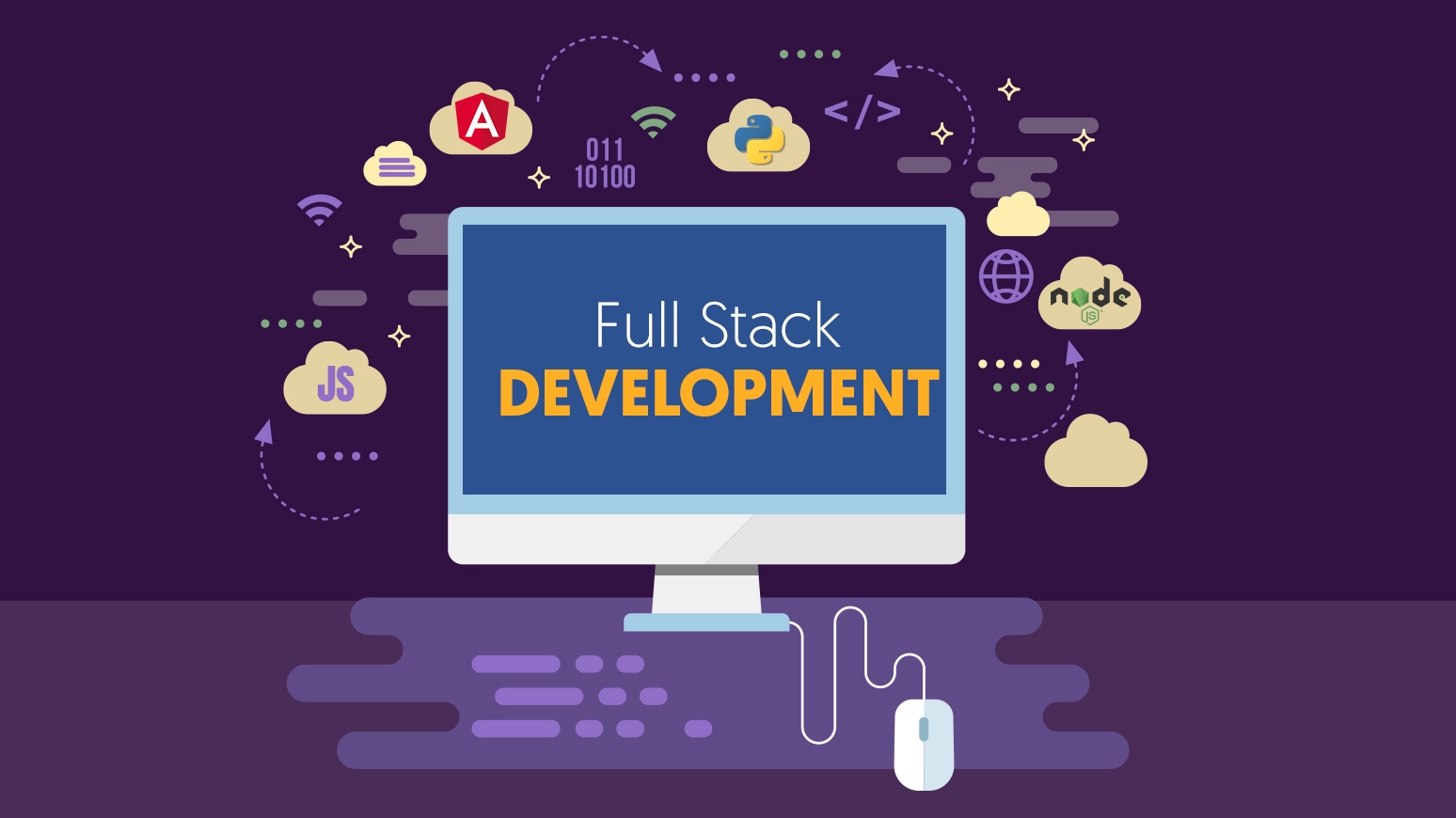Recent Post

SQL Basics For Data Science
May 6,2023

Introduction To Big Data Analytics 4-May-23
-
In today's digital age, data has become one of the most valuable assets for any organization. It is used to drive business decisions, gain insights into customer behavior, and optimize operational efficiency. However, with the massive amounts of data being generated every day, it can be challenging to analyze and extract meaningful insights from it. This is where Big Data Analytics comes in.
Big Data Analytics refers to the process of examining large and complex datasets to uncover hidden patterns, correlations, and other useful information. It involves the use of advanced tools and technologies to process, store, and analyze data that cannot be handled by traditional data processing systems.
The rise of Big Data Analytics can be attributed to the increasing volume, variety, and velocity of data being generated. With the proliferation of social media, mobile devices, and IoT (Internet of Things) devices, the amount of data being generated is growing exponentially. As a result, traditional data processing methods are no longer sufficient to handle this data deluge.
Big Data Analytics can be used to solve a wide range of business problems, including:
Customer Analytics: By analyzing customer data, businesses can gain insights into customer behavior and preferences, which can be used to improve customer experience, increase customer retention, and identify new market opportunities.
Operational Analytics: By analyzing operational data, businesses can optimize their operations, reduce costs, and improve efficiency.
Risk Management: By analyzing historical data, businesses can identify potential risks and take proactive measures to mitigate them.
Fraud Detection: By analyzing transactional data, businesses can identify fraudulent activities and take appropriate action.
The Big Data Analytics Process
The process of Big Data Analytics involves several stages, including:
Data Collection: The first step in the process is to collect data from various sources, such as social media, IoT devices, and other sources.
Data Storage: The collected data is then stored in a Big Data platform, such as Hadoop, which can handle large and complex datasets.
Data Processing: The data is then processed using advanced tools and technologies, such as Apache Spark, to extract meaningful insights.
Data Analysis: The processed data is analyzed using statistical and machine learning algorithms to uncover hidden patterns, correlations, and other useful information.
Data Visualization: The insights obtained from the analysis are then presented in a visual format, such as charts and graphs, to facilitate better decision-making.
Tools and Technologies Used in Big Data Analytics
Big Data Analytics involves the use of several tools and technologies, including:
Hadoop: Hadoop is a popular Big Data platform that provides distributed storage and processing capabilities for large datasets.
Apache Spark: Apache Spark is a fast and scalable data processing engine that can handle large and complex datasets.
NoSQL Databases: NoSQL databases, such as MongoDB and Cassandra, are used to store and manage unstructured data.
Machine Learning: Machine learning algorithms, such as decision trees and neural networks, are used to analyze data and uncover hidden patterns and correlations.
Data Visualization: Data visualization tools, such as Tableau and Power BI, are used to present insights in a visual format.
Challenges in Big Data Analytics
While Big Data Analytics offers several benefits, it also presents several challenges, including:
Data Security: As more data is being collected and analyzed, data security has become a major concern. Businesses need to ensure that their data is stored and processed securely to prevent unauthorized access.
Data Quality: Big Data Analytics is only as good as the data being analyzed. Poor data quality can lead to inaccurate insights, which can have serious consequences.
Skill Shortage: Big Data Analytics requires specialized skills, such as data science and machine learning. However, there is a shortage of skilled professionals in this field, making it difficult for organizations to find the right talent to carry out Big Data Analytics projects effectively.
Cost: Implementing Big Data Analytics can be expensive, as it requires specialized tools and technologies, as well as skilled professionals to operate them.
Conclusion
Big Data Analytics has revolutionized the way businesses operate by providing valuable insights into customer behavior, operational efficiency, and market trends. By leveraging advanced tools and technologies, organizations can gain a competitive edge and make better-informed decisions. However, with its inherent challenges, it is important for businesses to carefully consider the potential benefits and costs of implementing Big Data Analytics before embarking on such projects. As data continues to grow in volume, variety, and velocity, Big Data Analytics will only become more important in driving business success.



